SUMMARY
This is AI generated summarization, which may have errors. For context, always refer to the full article.
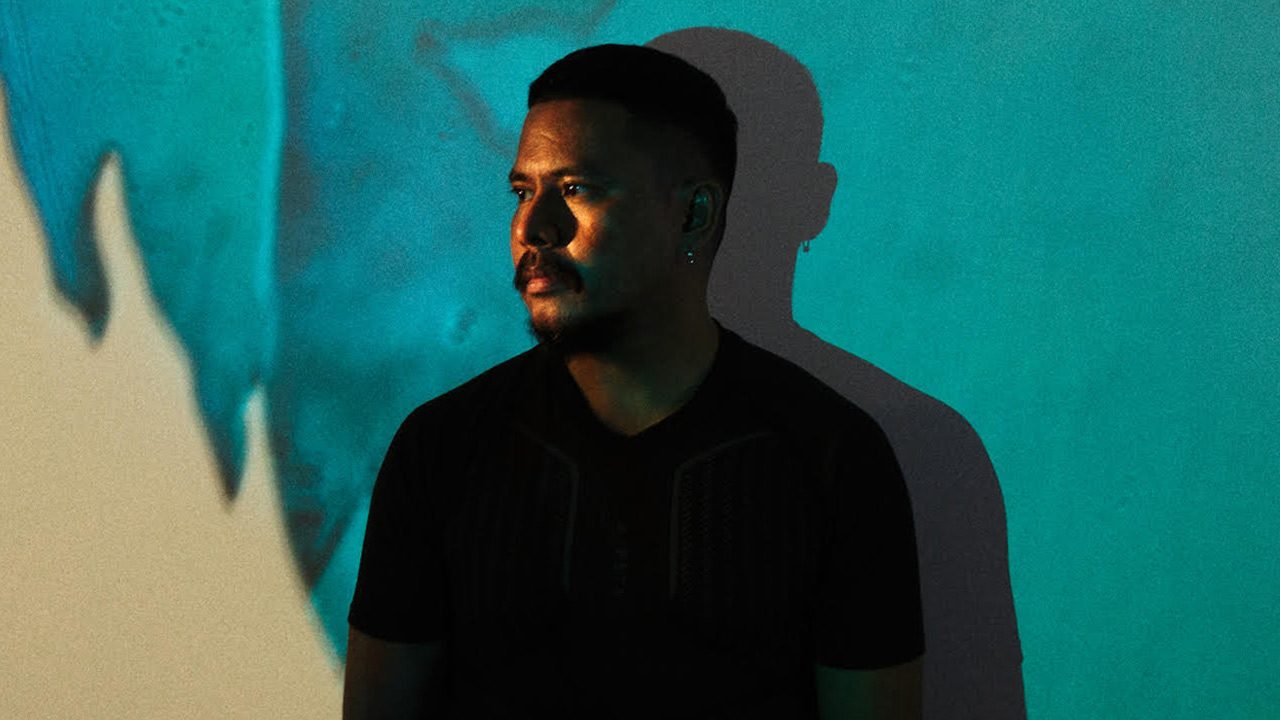
In its third iteration, ALT Philippines once again celebrates diverse art disciplines spanning the spectrum of creative expression. Forethoughtful curation by the distinctive collective of nine honors history and molds the future of the contemporary world.
The joint effort of Art Informal, Blanc, The Drawing Room, Finale Art File, Galleria Duemila, MO_Space, Underground, Vinyl on Vinyl, and West Gallery champions innovative ideas adapting to ever-changing cultural landscapes, challenging the working model and consumption of art. Each gallery provides a distinct focus and specific angles unique to its aesthetic, generating a melting pot of dynamic visions supplementing one another. ALT Philippines offers a glimpse of how community comes to be in an inspiring display of togetherness — a uniting effort empowering everyone without exception.
Thoroughly researched and meticulously planned by established veterans in the scene, the Contemporary Art Collective makes certain to amplify the artist’s voice, organically leading to a deeper connection to the art public. “We aim to rouse audience participation and more in-depth discussion within an intimate setting,” shares the collective. In observing how constant societal change can foster new formats, they build a new central space for connectivity in the art world.
The event deeply roots itself in community. Interactive exhibits and collaborative installations encourage a sense of shared awe and expression. Artist talks delve deeper into their respective crafts. Different facets of art overlap in the integration of varying fields of practice. There is always something for everyone, a unique experience for all. In a partnership with UNIVERS, a silent auction of custom Moreau Paris bags was held with proceeds pledged to scholars of the Philippine High School for the Arts. It always circles back to community.

Sharing the same ethos, exhibiting artist Derek Tumala reveals how he establishes a collective practice and finds freedom in his creative identity.
For your consideration: An interview with Derek
Raymond: Can you walk us through your practice?
Derek: Currently I’m interested in ecological world-building, meaning my practice is centered in the interest of climate, nature, and ecology. Most of my recent works revolve around the idea of presenting ecological thinking in the contemporary, which is embedded in a complex system of colonial and capitalist legacies. These can come from a form of an exhibition, public program, even raves/party, community interaction, performance, publication, and research. My artistic expression does not entirely rely on physical material art production, in a way, to resist the capitalist impulse.
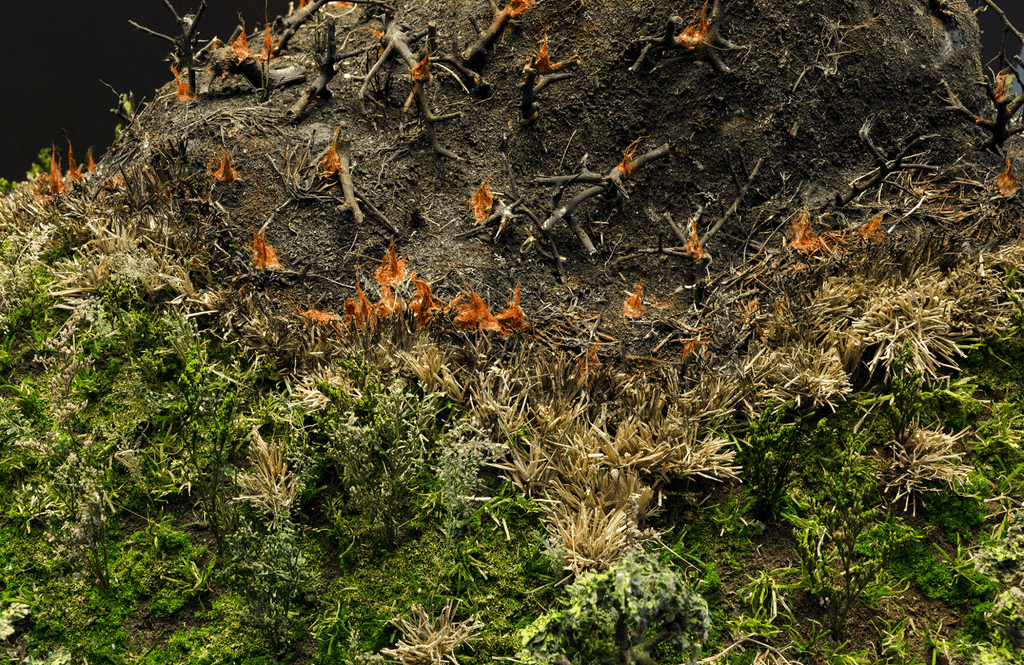
R: In what ways are you able to restructure knowledge and shape things constantly evolving?
D: By considering my art practice as public service, my impulse is to learn and understand how the world operates. I wanted to be able to transform my personal view into the universal. Restructuring knowledge in a sense of interconnecting aspects of life that are inherently understood as separate – like art and science, in which we are taught to be entirely separate. To restructure art and science together as a new way of thinking, I want to reconsider generating knowledge that is dynamic and inclusive.
There’s a movement recently that urges humanity to return to our simple ways of living, to reconsider what is progress. To reconsider indigenous and traditional knowledge, to create a language of inclusivity and to revisit our past to create a new future that is free from colonial and capitalist aspirations. This is where I want to situate my thought process.
R: I’ve noticed your exhibited work was a reassembly of reflective perspex taking an entirely different form. That’s sustainability in practice as well!
D: Yeah, I try to reconsider my art production processes by practicing sustainable ways of using material. To be honest, physical objects are the least of my interest in my art practice, but this is somehow essential in an art practice. If I could produce more intangible artworks like video and publication, I think I’ll pursue that more.
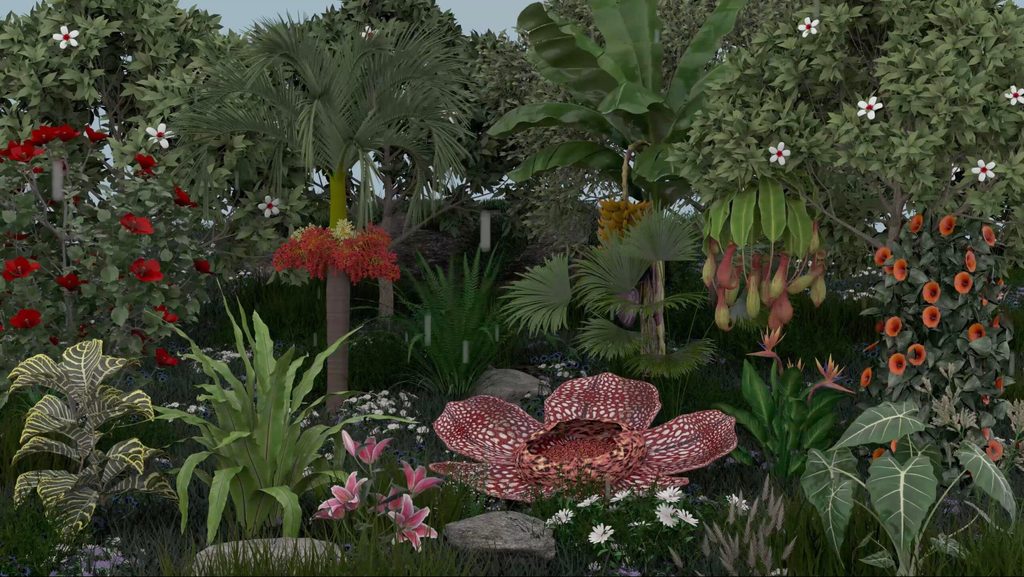
R: Is light a key element in a lot of your work? From solar energy to iridescence, in one way or another, there are always different properties of light in play.
D: Yes, light is essential in my work. I think this where my interest in the cinematic quality of raves and theater that draws me to it. Light is a vital part of my work and as much as possible is integrated into my exhibitions. I also was interested in video light projection and mapping, which I was able to transpire in some of my previous works.
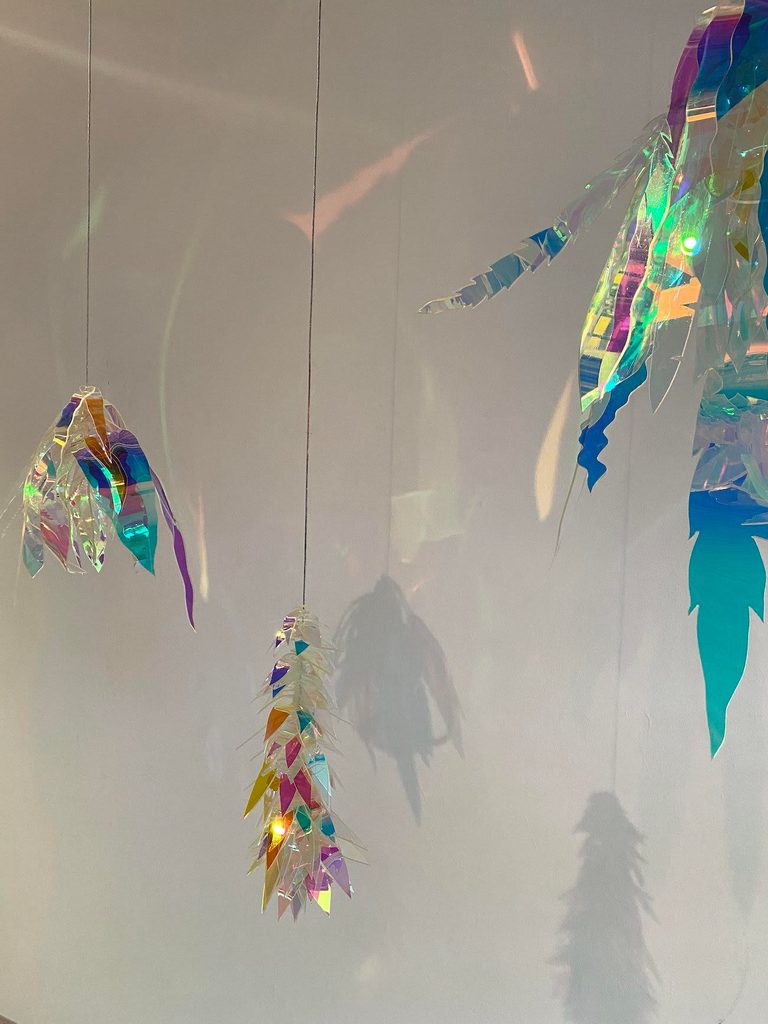
R: Environmental ethics also seems to be a recurrent theme. Can you elaborate on this devotion?
D: Environmentalism as they call it is something that I want to pursue. After doing research on climate and ecology, most of our futures are grim and irreversible. We are already in the middle of an ecological crisis, and although I feel hopeless after knowing scientific information on our nature and climate, much of my interest now is to show how we are adapting in a changing world we live in now. Our relationship with nature is something we need to articulate more and more as we move through harsher conditions.
R: There is so much intention in what you create. What about the accidents? Have they been of benefit to your practice as well?
D: There’s an attempt [at] purity in what I do in my art practice. I want to see life as it is, the way I perceive it. So sometimes I feel like I’m over the place but in reality I’m just being myself. I guess we are trained to see art practices as one long linear consistent line that anything that goes against it is not part of the practice, or considered bad. And that is because there is an impulse of selling. An art practice somehow needed to be digestible to be understood. But I guess the less I care the more I feel like I’m doing the right thing.
R: What other avenues are you exploring now? What projects are you proudest of?
I think I want to do more research, more field work. After the MCAD Tropical Climate Forensics project, I think I can create works based on it for the next years. The Philippine narrative is rich but the interest is more on the “pity” side of things. There is more beauty still than horror. My last exhibition “winter high through the veins in search of hot weather” with Mano Gonzales in Edoweird is, I can say, I’m proud of because it presented another way of expression that is close to me – dance. And I was worried that it might be so far from my art practice, but after seeing the video work, I thought this is what exactly how I view my life today, somehow a ritual of disintegration and revival. On how it encapsulates my interest from fashion, rave to ecology.
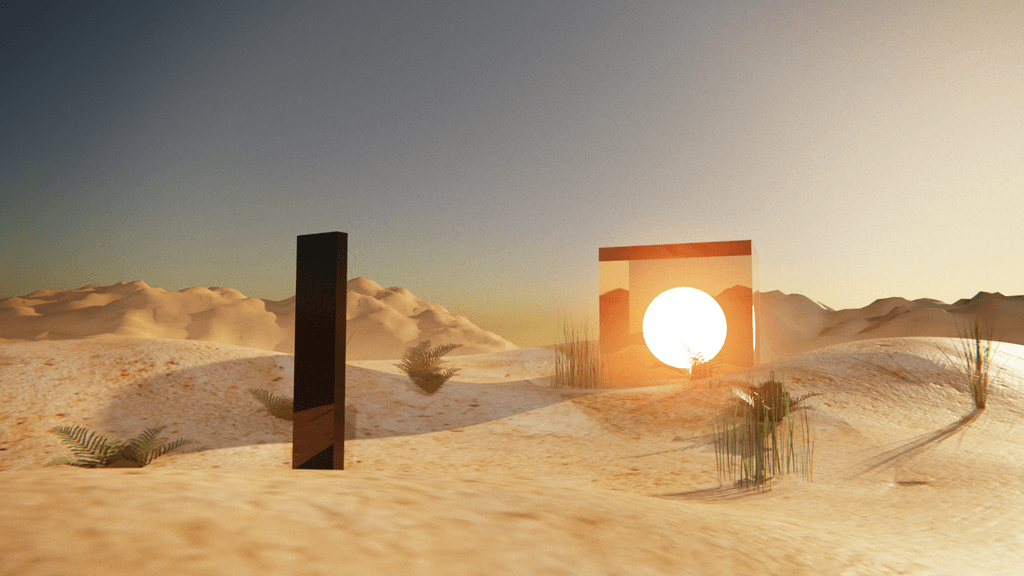
R: As an artist, you essentially dream new worlds into existence. How does that usually go for you?
D: I have to constantly move, to constantly think. Learning does not stop, ever. I always think about fantasies, euphoria, dystopia, darkness, and lightness. I think it’s essential for me to be able to feel all of this. I have to meet people, experience life outside of my comfort zone. To go to remote places, reaching far-flung emotions, it’s all part of it. World-making is setting a stage, a cinema of how I build a life towards ecological practice with the consideration of pleasure and pain.
R: How do you avoid creative stagnation?
D: You don’t. When I feel like I cannot produce at a time, I allow myself to languish, to be introspective. I have to rest. I have to listen to my body and mind. The most beautiful act of resistance is to rest.
R: Lastly, what advice can you give young up-and-coming artists?
D: To be patient. Everything takes time to grow. Plant your seeds [in] places you want it to grow. Your most authentic work can grow in fallow soil, [it’s just in] how you take time to care for it. Being ecological is also being considerate to yourself.
– Rappler.com
Add a comment
How does this make you feel?
There are no comments yet. Add your comment to start the conversation.